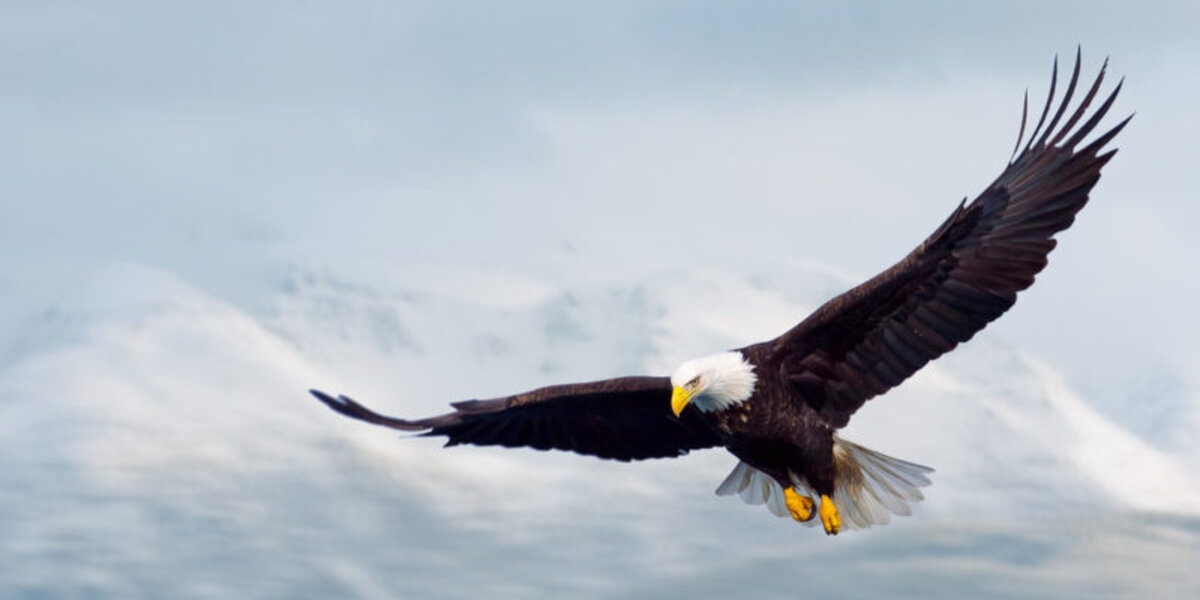“Eagles live 70 years, but at age 40 they have to make a difficult decision,” begins a message circulating on social networks that compares the life of eagles to establishing a process of human renewal.
Eagles live 70 years, but at the age of 40 they have to make a difficult decision
It continues: “Its nails become so long and flexible that it cannot hold the prey on which it feeds. The beak, elongated and pointed, curves too much, pointing against the chest, and is no longer useful. Its wings are aged and heavy due to the large size of its feathers, and by then, flying becomes very difficult”.
According to the publication, the eagle is left with two alternatives, “to give up and die, or to face a painful process of renewal”.
The process, it is explained, consists of hitting its beak with a mountain wall to tear it off; then, with the new beak, detaching the old nails; and, finally, with the renewed talons, tearing off the feathers.
“And after all those long and painful five months of wounds, scarring and growth, it manages to perform its famous flight of renewal, rebirth and celebration to live another thirty years more.”
Some publications mention that this is the American golden eagle, also known as the golden eagle.
Matthew Igleski, Master of Science and Conservation Biology at the University of Michigan and president of the Illinois Ornithological Society, told AFP Factual that “it sounds like a nice parable, but it’s not real.”
“There are few birds that live to be 70 years old, but the oldest age record I know of is a golden eagle (Aquila chrysaetos) of 46 years, and that was in captivity,” he said.
Feathers, beaks and talons
Experts also responded to the claim that eagles extend their lives by plucking their beaks, feathers and talons.
Igleski said that “in no bird does its beak or talons grow back. They just molt feathers and it’s a natural process that happens every year.”
He explained that the beak and claws do grow constantly, similar to the nails, but they wear out as they are used by the bird.
However, if they are severely damaged or fall off, they usually do not grow back because the tissue is too damaged, he said. Beaks are bone with a layer of keratin on them, so if the bone is damaged it will not grow back on its own, he explained.
Adolfo Genaro Siguenza, PhD in Science and professor in the Department of Evolutionary Biology at the National Autonomous University of Mexico (UNAM), pointed out that “no species of bird can remove its beak and wait for it to grow back”.
Ortiz Pulido also said that birds molt their feathers every year and these fall off on their own. “Their nails and beaks grow constantly, but wear and tear from use prevents them from growing until they become a nuisance,” he said.





